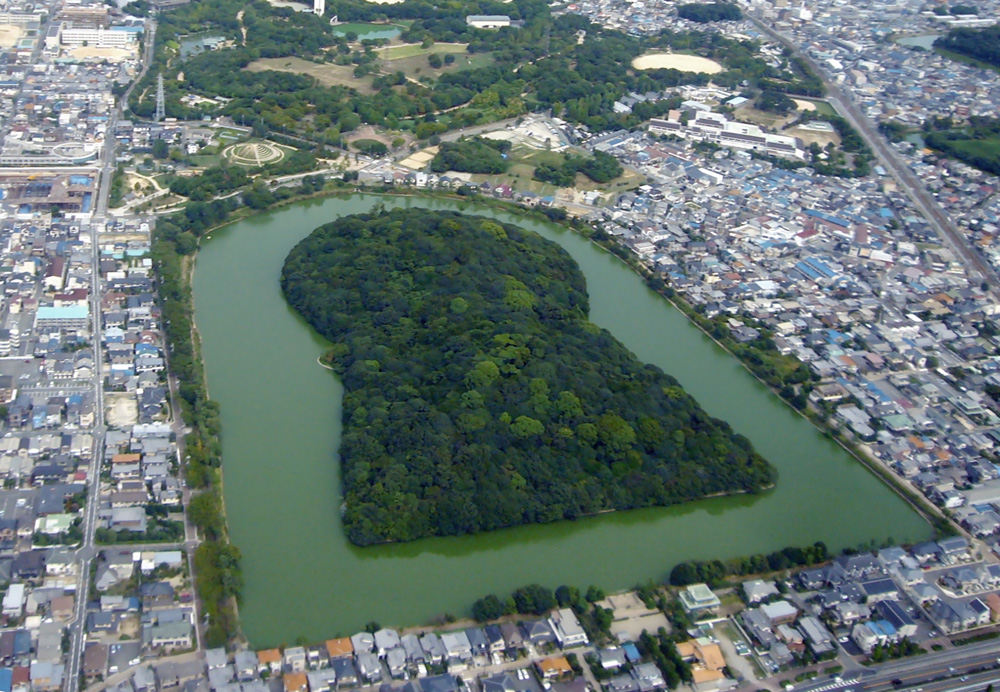There are over 20 World Heritage sites in Japan, including Himeji Castle in Hyogo Prefecture, Yakushima in Kagoshima Prefecture, Shirakami-Sanchi in Aomori Prefecture and also the Historic Monuments of Ancient Kyoto such as kiyomizu-dera, mount Fuji as well as the Shiretoko Peninsula which located in Hokkaido. Yet Osaka Prefecture, one of the most popular sightseeing places, how disappointingly, had none of them.
Breaking the duck, Osaka eventually welcomes their first World Heritage site for the Mozu Tombs in Sakai and the Furuichi Tombs in Habikino were inscribed as a UNESCO World Heritage site as the Mozu-Furuichi Kofun Group on 6 July 2019. That makes it not only the 23rd World Heritage site in Japan but also the first one in Osaka. Besides, it is the seventh consecutive year that Japan has received registrations on its World Heritage list.
The Mozu-Furuichi Kofun Group: Mounded Tombs of Ancient Japan

A year after the registration of the Hidden Christian Sites in Nagasaki Region, the Mozu and Furuichi Tombs also was registered as a World Heritage site in this year. The Mozu and Furuichi Tombs consists of 49 ancient tombs, which were built during the second half of the 4th century through to the second half of the 5th century, thus was about 1600-year-old. In this registration, the Nintoku-Tenno-Ryo Tumulus, one of the three great burial mounds of the world and the largest keyhole-shaped tumulus in Japan, is also included in the scope.
There were originally more than 100 tumuli here, including the Nintoku-Tenno-Ryo, Richu-Tenno-Ryo and Hanzei-Tenno-Ryo Tumulus, yet only 44 remain. From “Nihon-shoko”, when the mausoleum of emperor Nintoku was built, a deer suddenly jumped into the workers and died there. A mozu (bull-headed shrike) flew from the deer’s ear, that’s why the place was named Mozu.

The Mozu and Furuichi Tombs (Nintoku-tenno-ryo Kofun)

Access: walk 5 mins from JR Muzu Station Hanwa Line
The Mozu and Furuichi Tombs (Ojin-tenno-ryo Kofun)

Access: walk 5 mins from Hajinisato Station Kintetsu Railway
Push for another World Heritage Site again
In the summer of 2020, the UNESCO World Heritage Committee plans to review the registration of “Amami-Oshima Island, Tokunoshima Island, the northern part of Okinawa Island and Iriomote Island” that Japan has recommended as a natural heritage site.
https://www.youtube.com/watch?v=q8arCgodYUs
Apart from the registration of the “Amami-Oshima Island, Tokunoshima Island, the northern part of Okinawa Island and Iriomote Island”, Japan is also promoting the “Jomon Archaeological Sites in Hokkaido and Northern Tohoku “ located in Hokkaido, Aomori, Akita and Iwate for another UNESCO World Heritage site in 2021.

